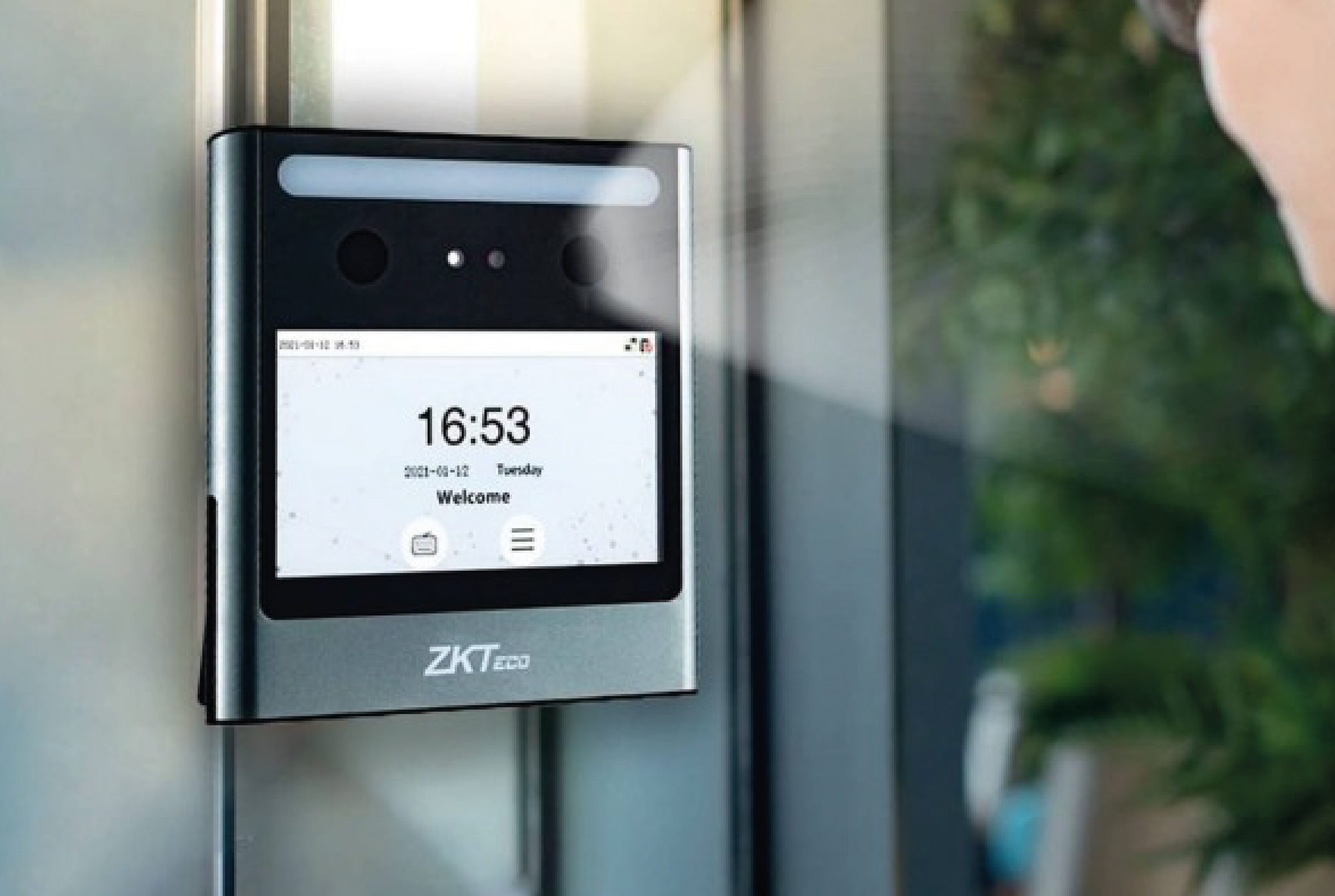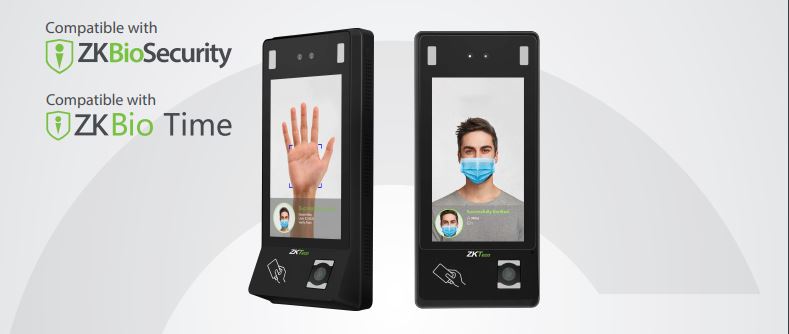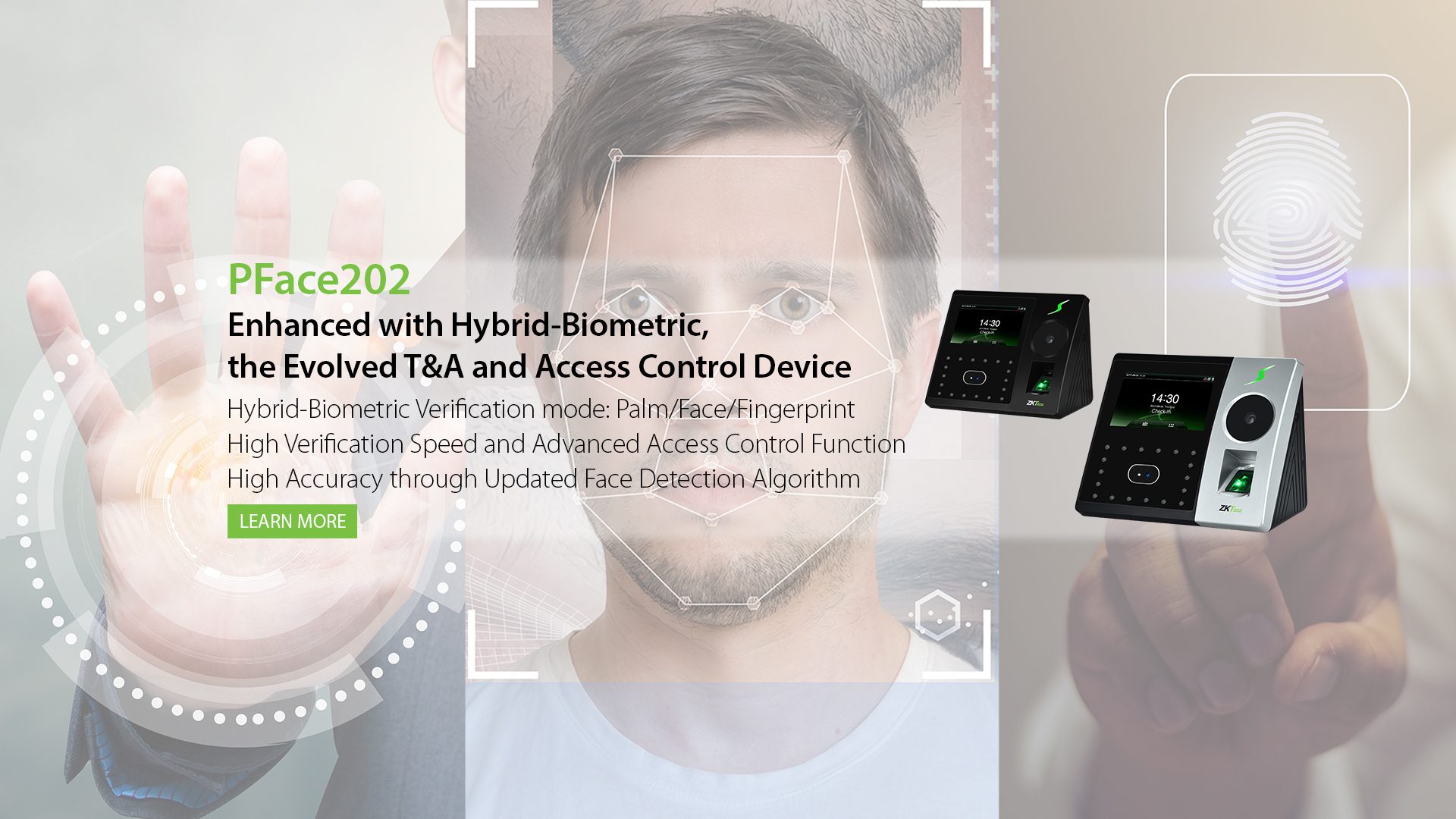When choosing biometric systems for small organizations, there are several factors to consider. They use unique physical or behavioral traits of individuals, such as fingerprints, facial recognition, or iris scans, for identification and authentication purposes. Here are some steps to help you choose the right biometric system:

1. Identify your needs
Determine why you need a biometric system. Are you looking to enhance security, improve access control, or streamline attendance management? Understanding your specific requirements will help you narrow down your options. This also helps you find a device that can serve multiple functions such as time and attendance and access control simultaneously.
2. Evaluate available biometric systems
Familiarize yourself with the different types of biometric technologies available, such as fingerprint scanners, facial recognition systems, iris scanners, or voice recognition systems. Consider factors like accuracy, reliability, ease of use, and compatibility with your existing infrastructure.
3. Consider scalability and future growth
Assess the scalability of the biometric devices. Will they accommodate your organization’s growth in the future? Ensure that the system can handle an increasing number of users without significant hardware or software upgrades. ZKTeco biometric devices provide a wide range of user capacity for the various biometric recognition technologies, with the lowest being up to 500 users.

4. Assess integration capabilities
Determine how well the security system integrates with your existing infrastructure. It should seamlessly integrate with your access control systems, time and attendance software, or other relevant systems. Do they allow third-party integrations? For instance, our ZKBioTime attendance software can be integrated with other systems such as payroll.
5. Evaluate user experience
Consider the user experience of the biometric system. It should be user-friendly, intuitive, and not overly time-consuming. Complex processes or difficult-to-use interfaces may lead to frustration and resistance from employees. The ZKTeco SpeedFace V5L Series is a user-friendly model that takes only 0.35 seconds per verification and allows multiple recognition such as palm, face, fingerprint, card and password.
6. Security and privacy
Biometric systems handle sensitive data, so security and privacy are paramount. Ensure that the system complies with relevant data protection regulations and industry standards. Look for encryption mechanisms, secure storage of biometric data, and strong authentication protocols. ZKBioCVSecurity, our all-in-one security platform ensures that all your data is secure and controlled from one interface, whether time attendance, access control, video surveillance or parking management. From the exterior to interior, the security platform allows you to monitor every activity and ensure no loops in monitoring.
7. Cost considerations
Evaluate the cost of implementing and maintaining the biometric devices. Consider not only the upfront costs of hardware and software but also ongoing expenses like maintenance, upgrades, and training. ZKTeco offers both low, medium and high-end devices that cut across all cost considerations. For every budget, there is a device that works perfectly to ensure secure and accurate biometric security management.

By following these steps, you can make an informed decision when choosing a biometric system for your small organization. Remember to consider your specific needs, user experience, security, scalability, and cost to find the system that best fits your requirements. Do you have a project, whether big or small, and would like us to guide you on the best devices? Visit our showroom for a tour of our range of devices and technologies that are suitable for your project.
